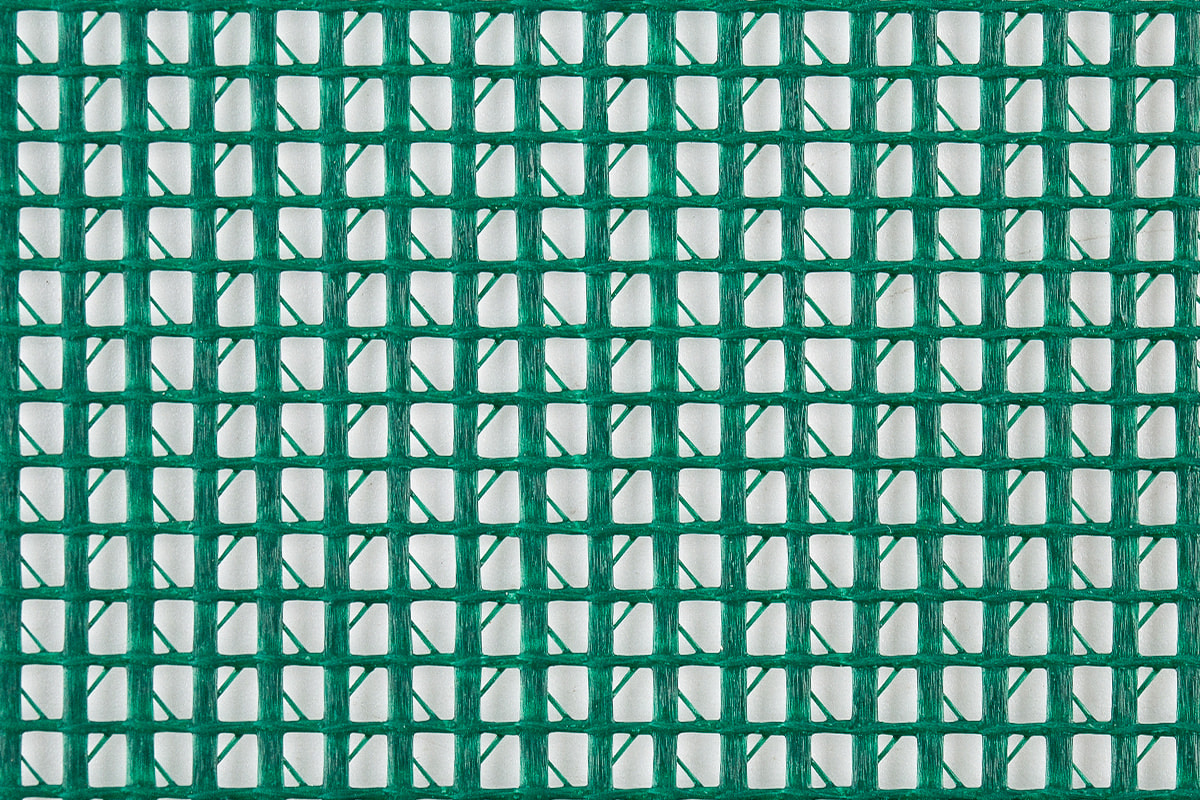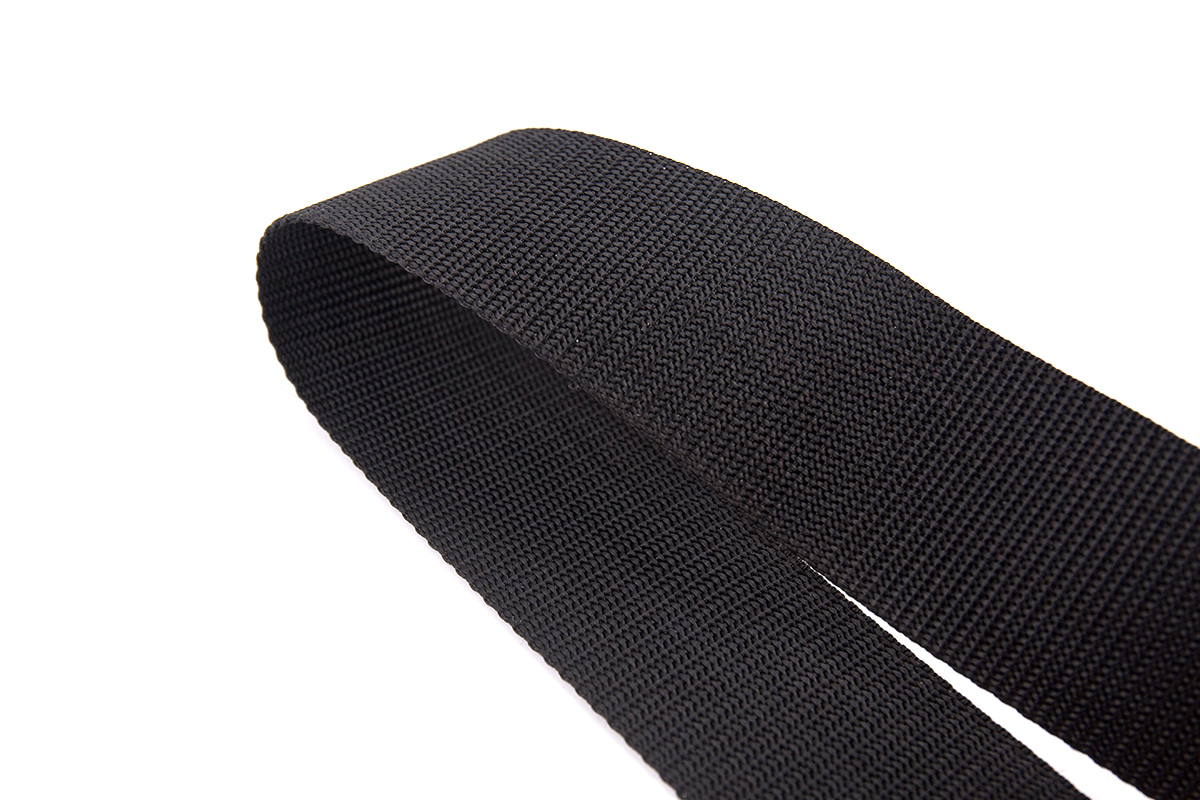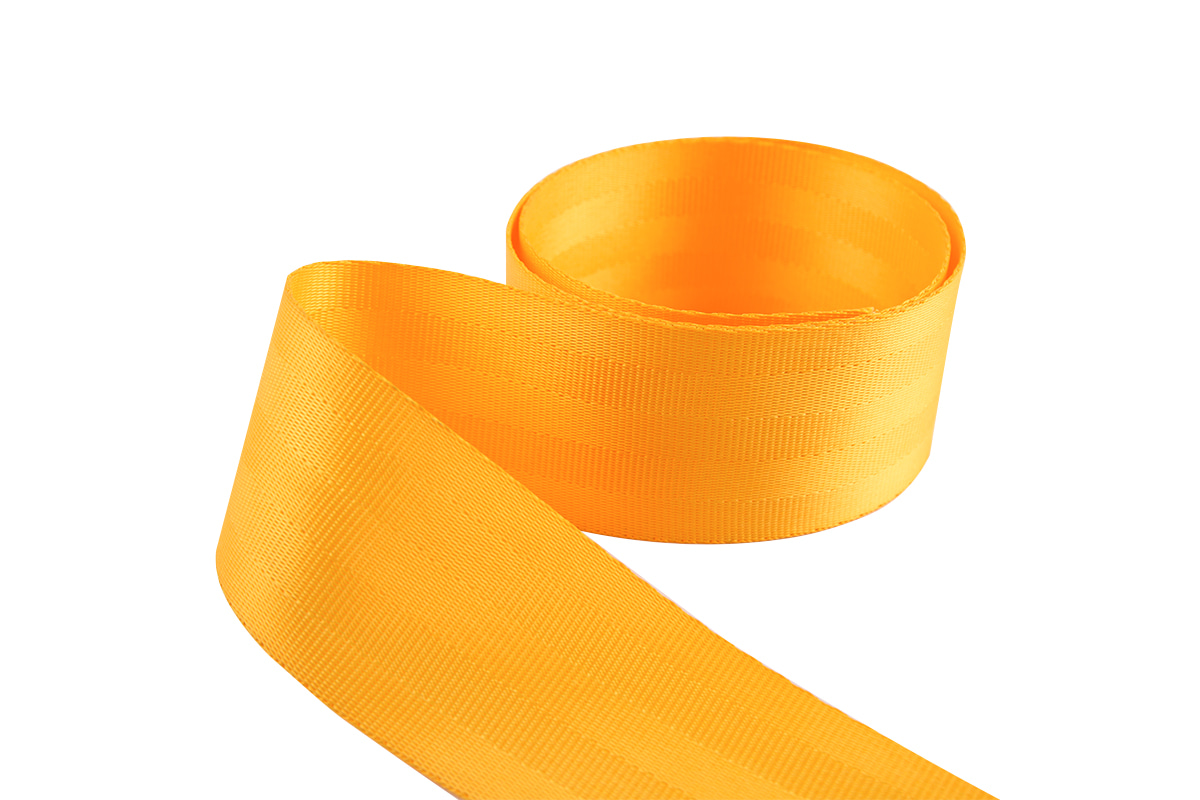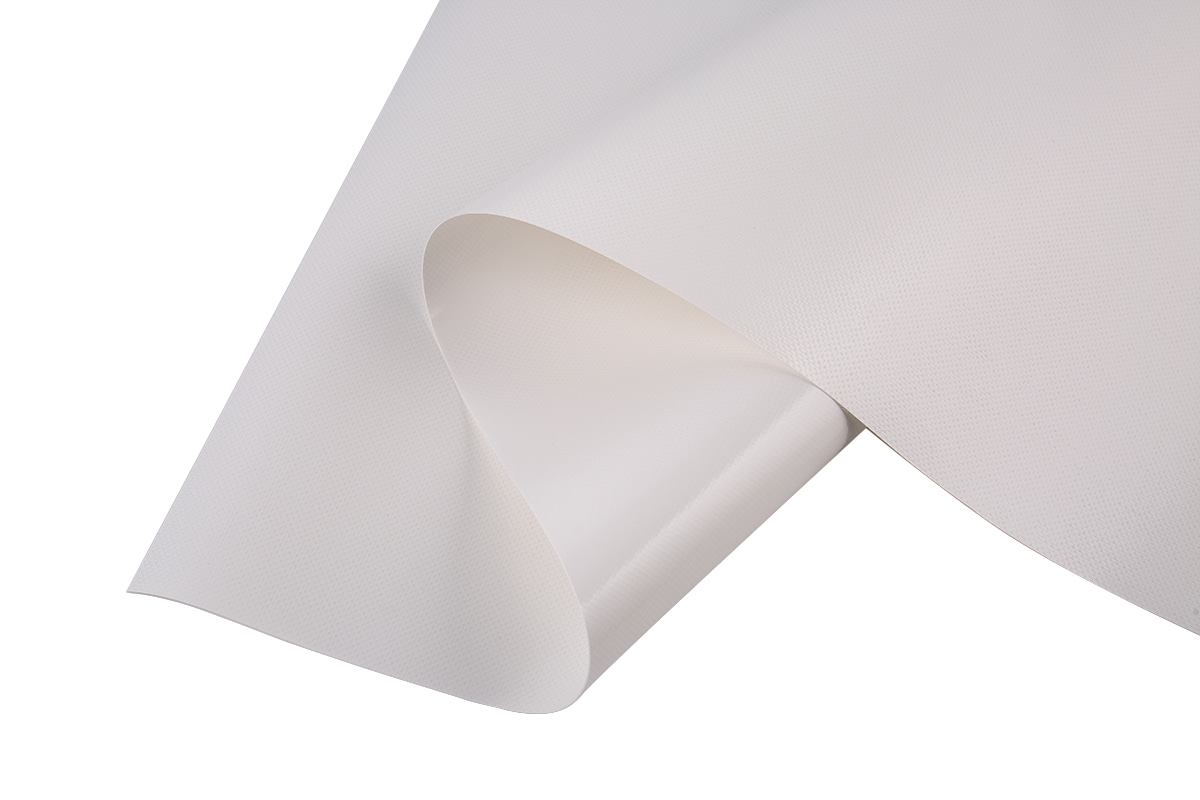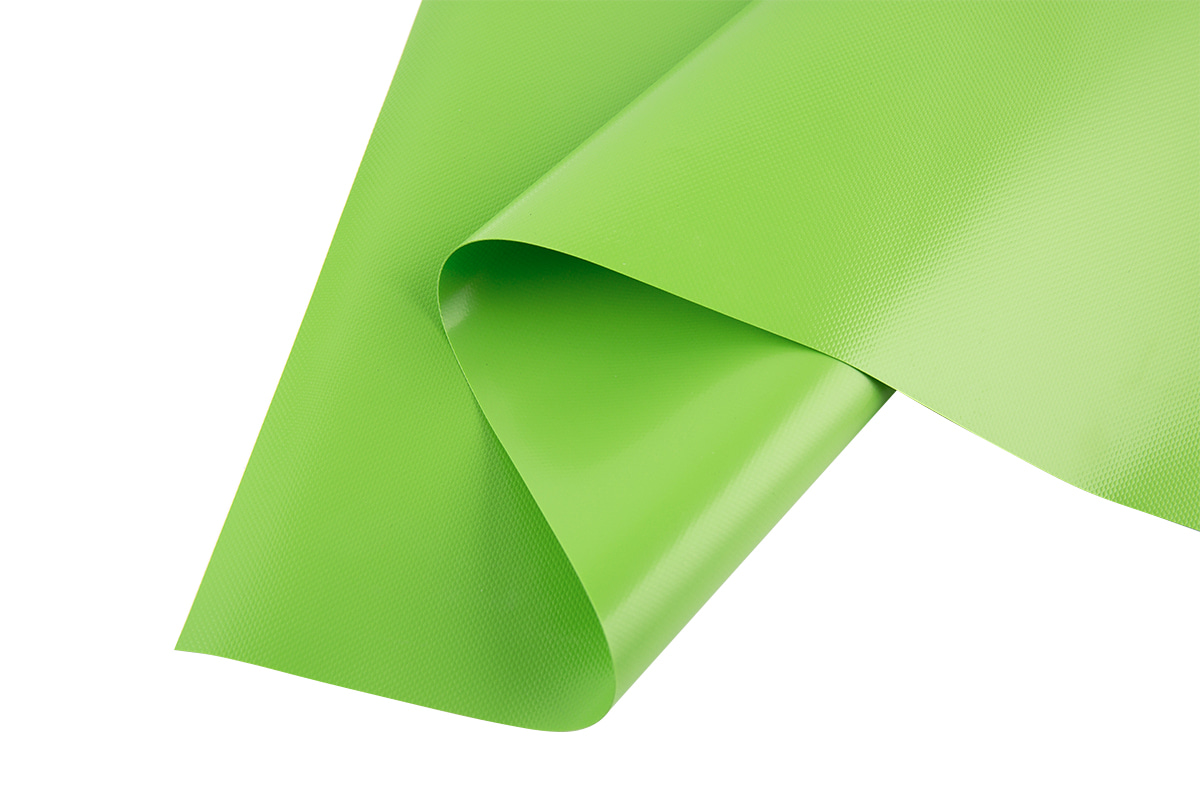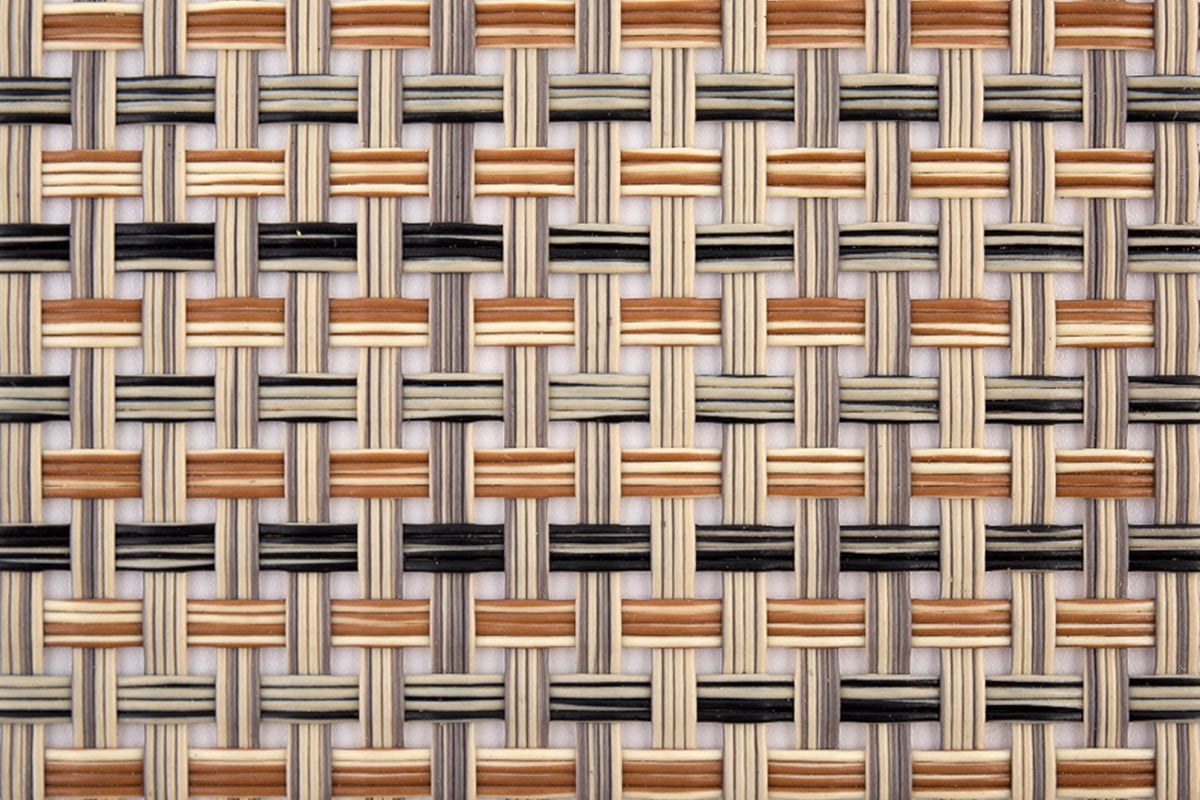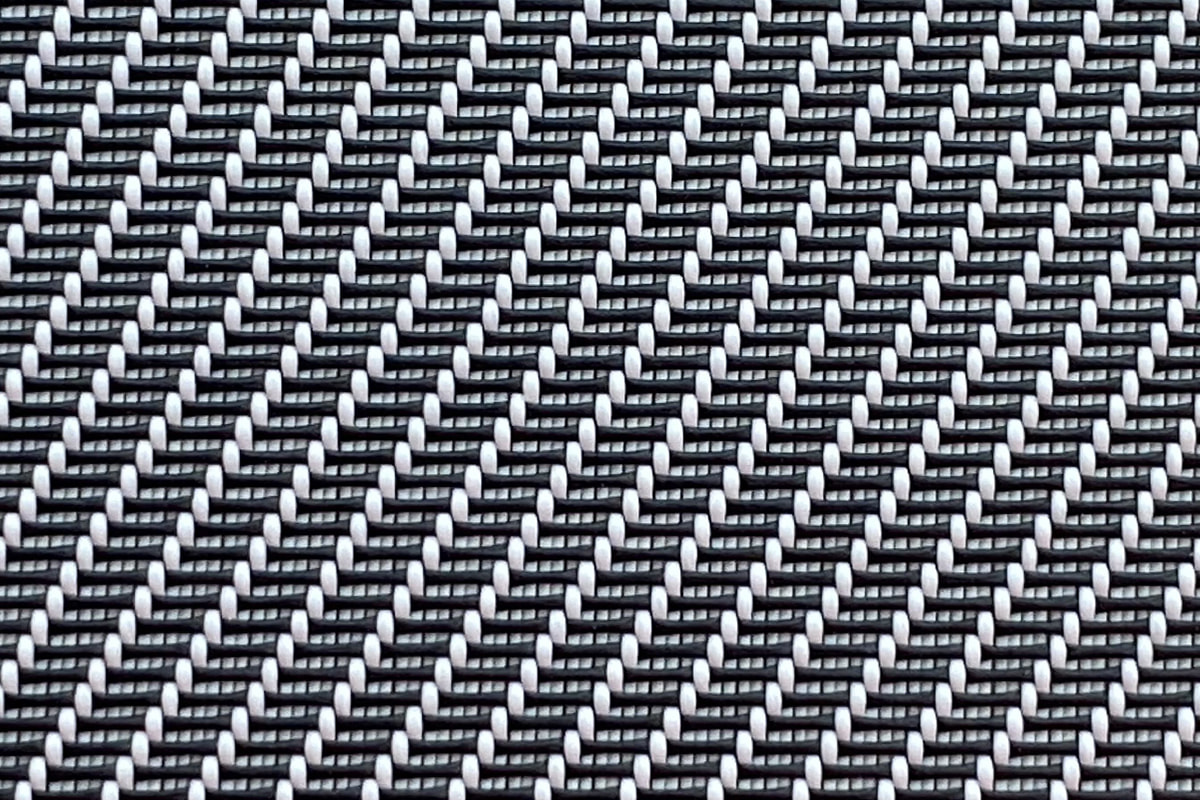
Sunscreen mesh fabric is widely used in outdoor settings to provide shade and reduce heat while allowing airflow. This fabric is available in various grades and densities, each offering unique benefits and characteristics.
One of the primary factors that distinguish sunscreen mesh fabrics is their density. Density is typically measured by the percentage of shade the fabric provides. For example, a 50% density fabric blocks about half of the sunlight, whereas an 80% density fabric blocks significantly more. Higher density fabrics offer better protection from UV rays and reduce heat more effectively. However, they also limit airflow to a greater extent, which can impact ventilation.
Lower density sunscreen mesh fabrics are often chosen for areas where airflow is a priority, such as outdoor patios or greenhouses. These fabrics provide moderate shade while allowing sufficient air circulation to keep the environment cool and comfortable. This makes them suitable for situations where temperature control and comfort are important without completely blocking sunlight.
Grades of sunscreen mesh fabric are another important consideration. The grade generally refers to the quality and durability of the fabric, which depends on factors such as the type of fibers used, weaving technique, and coating applied. Higher-grade fabrics are usually made from stronger polyester fibers and feature UV-resistant coatings that enhance longevity and color retention.
Different grades of sunscreen mesh fabric also vary in their resistance to weather elements. Some fabrics are designed to withstand harsh sun exposure, rain, and wind without degrading quickly. This is particularly important for outdoor applications where the fabric is exposed to the elements year-round. Choosing a grade with good weather resistance can extend the fabric's service life and reduce maintenance needs.
The intended use of sunscreen mesh fabric also affects the choice of grade and density. For commercial applications, such as in outdoor seating areas or sports facilities, fabrics with higher density and durability are often preferred. These fabrics provide better protection and maintain their appearance over time despite heavy use.
In residential settings, the balance between density and breathability might be more important. Homeowners often select fabrics that provide enough shade to reduce indoor temperatures and protect outdoor furniture, while still allowing fresh air to flow. Medium-density fabrics in a mid-grade quality range often meet these requirements effectively.
It is also worth noting that the color of sunscreen mesh fabric can influence its performance. Darker colors tend to absorb more heat but provide better glare reduction, while lighter colors reflect heat but might let in more light. Some fabrics combine specific colors and densities to optimize both shade and comfort.
Installation considerations can also influence the choice between different grades and densities. Thicker, higher-density fabrics may require stronger supporting structures, while lighter fabrics can be easier to handle and install. This factor can be important for large projects or temporary installations.
Sunscreen mesh fabric with higher densities and grades usually comes at a higher cost, but this can be justified by the longer lifespan and better performance in demanding environments. On the other hand, lower-grade fabrics with lower densities may suit short-term or less demanding applications, offering a cost-effective solution.
Selecting the right sunscreen mesh fabric involves considering both density and grade. Density affects the level of shade and airflow, while grade impacts durability, weather resistance, and overall quality. Evaluating these factors according to the specific needs of the project will help ensure the fabric performs as expected.
By understanding how different grades and densities of sunscreen mesh fabric function, users can make more informed choices. This leads to better comfort, protection, and cost-efficiency in a variety of outdoor applications, from residential patios to commercial shading solutions.
Choosing sunscreen mesh fabric that fits the balance between shade, durability, and breathability helps create comfortable, protected outdoor spaces that last.

 en
en Español
Español